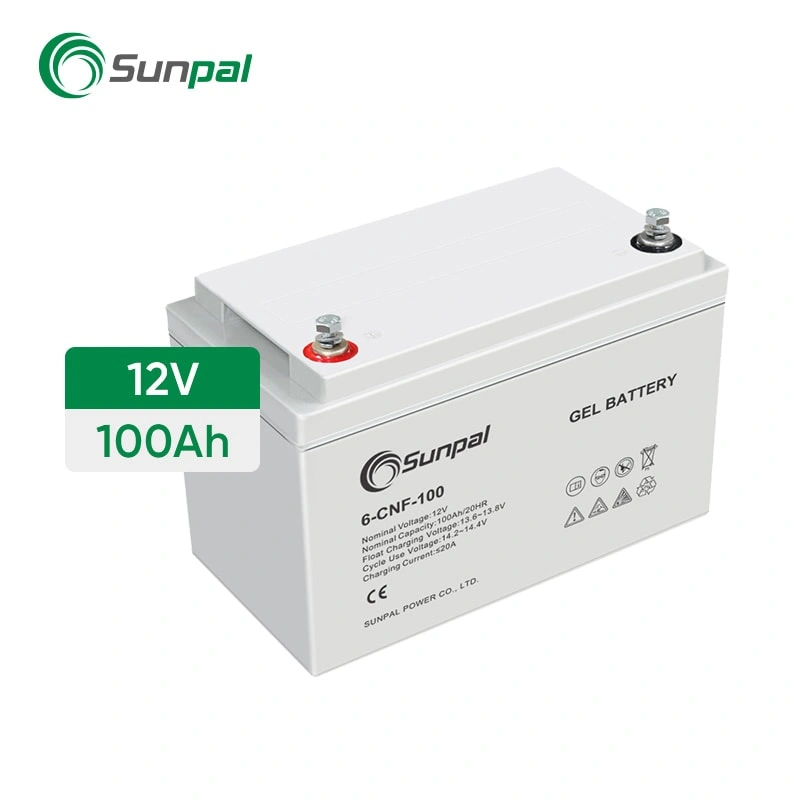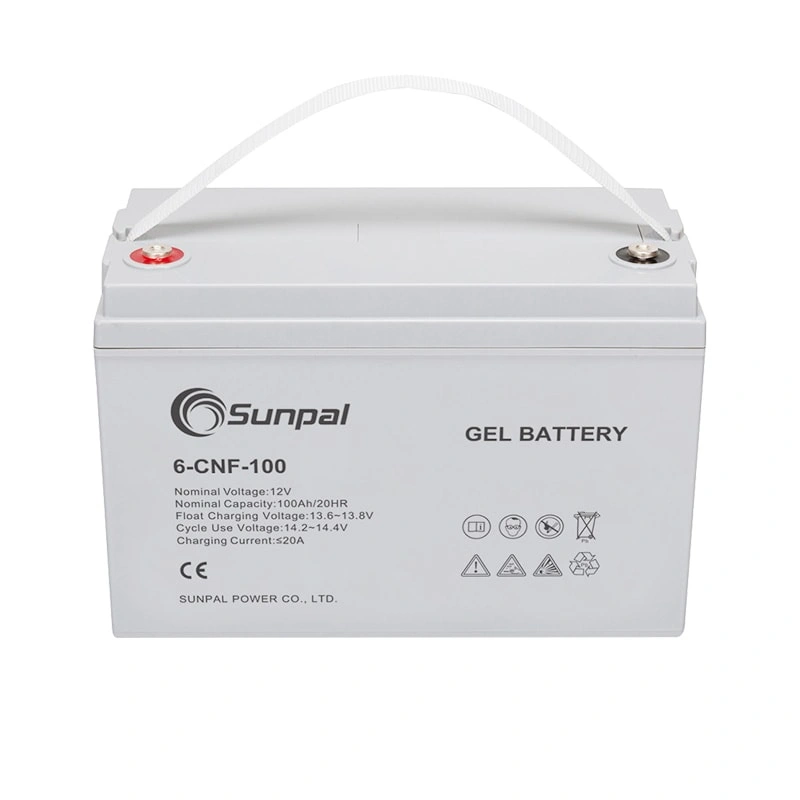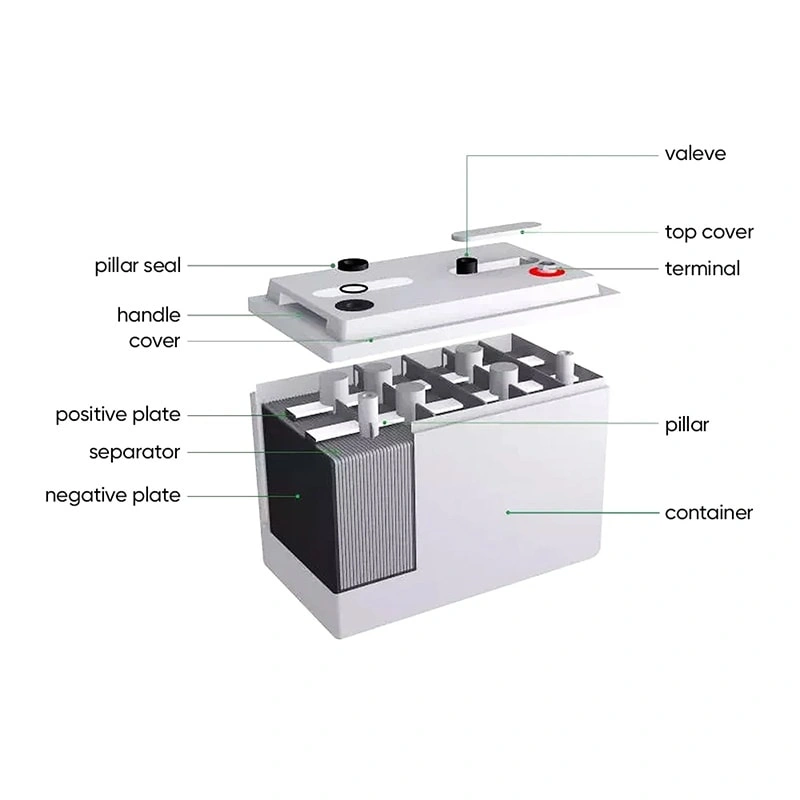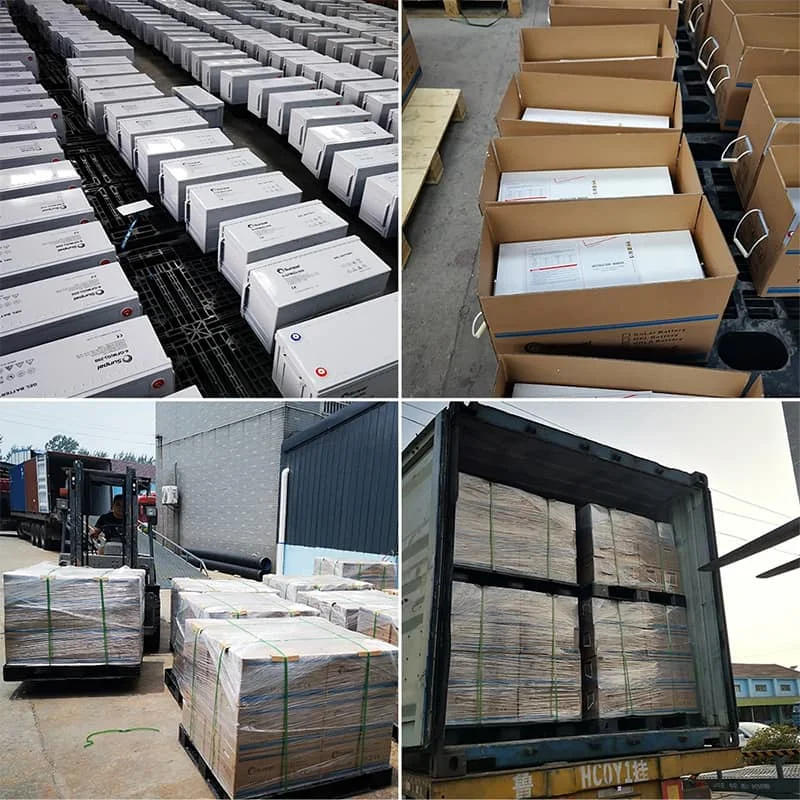| Cells Per Unit | 6 |
| Voltage Per Unit | 12 |
| Capacity | 250Ah@20hr-rate to 1.75V per cell @25°C |
| Weight | Approx. 60.0 Kg (Tolerancet ±1.5%) |
| Internal Resistance | Approx. 5.2 mΩ |
| Terminal | F14(M8) |
| Max. Discharge Current | 2600A (5 sec) |
| Design Life | 15 years (floating charge) |
| Maximum Charging Current | 50.0A |
| Reference Capacity | C3 170.5AHC5 189.5AHC10 217.0AHC20 250.0AH |
| Float Charging Voltage | 13.6 V~13.8 V @ 25°℃Temperature Compensation: -3mV/C/Cell |
| Cycle Use Voltage | 14.2 V~14.4 V @ 25°Temperature Compensation: -4mV/C/Cell |
| Operating Temperature Range | Discharge: -40°C~60℃Charge: -20℃~50℃Storage: -40C~60℃ |
| Normal Operating Temperature Range | 25°℃±5℃ |
| Self Discharge | Less than 3% at 25°C per month |
| Container Material | A.B.S. UL94-HB, UL94-VO Optional. |
Lead Acid 12V 100Ah Deep Cycled Rechargeable Batteries For Sale
Lead Acid 12V 100Ah Deep Cycled Rechargeable Batteries For Sale
High capacity 100Ah @20hr-rate with multi-rate discharge support
Extended design life of 15 years and excellent cycle life
Wide operating temperature range for extreme conditions
Low self-discharge ideal for long-term storage with minimal maintenance
Flame-retardant ABS case ensuring safety and durability
High instantaneous discharge current 1000A for 5 sec, perfect for high-power emergency applications
-
Q :
How is the nominal capacity of 100Ah tested for this gel battery?
A :
The nominal 100Ah is measured at the 20-hour rate (C20) discharge to 1.75V per cell (5A current).
-
Q :
How does capacity vary under different discharge rates?
A :
Capacity decreases under high discharge currents; adjust runtime expectations based on actual load.
-
Q :
What are the maximum charging and discharging currents?
A :
Max. charging current: 20A (0.2C), but regular charging should not exceed 10A for longevity.
-
Q :
Can it support short-term high-current discharge?
A :
Max. discharge current: 1000A (for 5 seconds), suitable for high-power surges (e.g., inverter startup).
-
Q :
How does the battery perform under extreme temperatures? Will capacity drop in winter?
A :
Operating range: Discharge: -40°C~60°C; Charge: -20°C~50°C. Capacity impact: Capacity drops significantly in cold (e.g., ~60% at -10°C), while high temperatures (>40°C) accelerate aging. Recommendation: Operate within 25°C±5°C for optimal performance.




